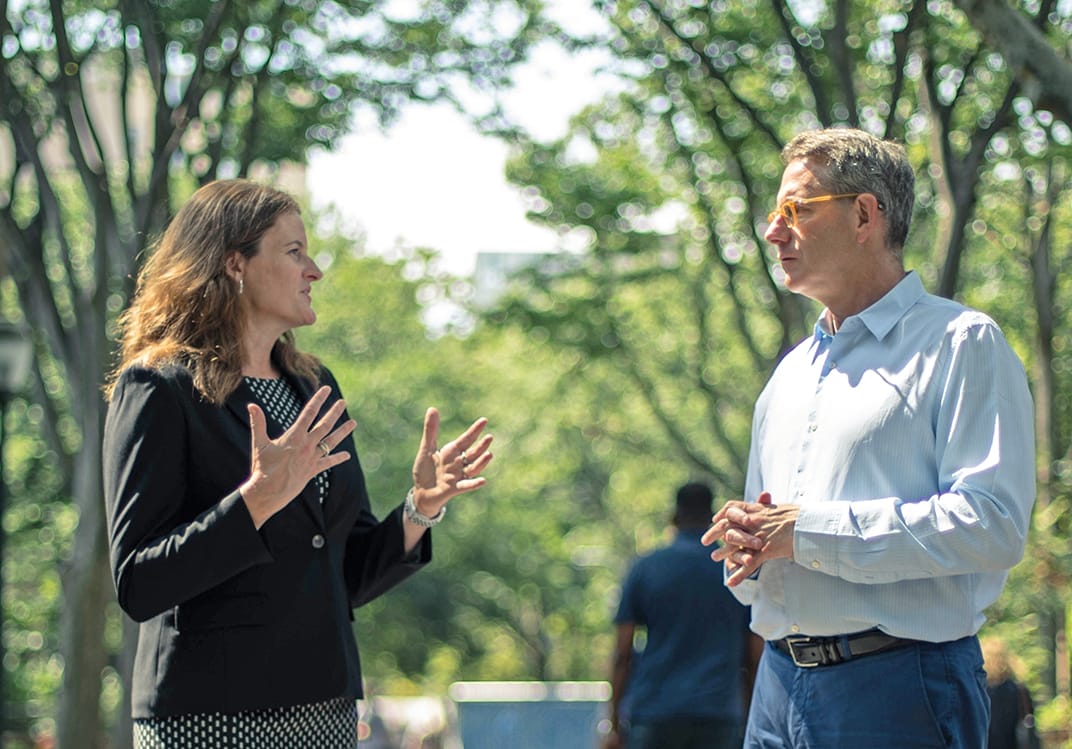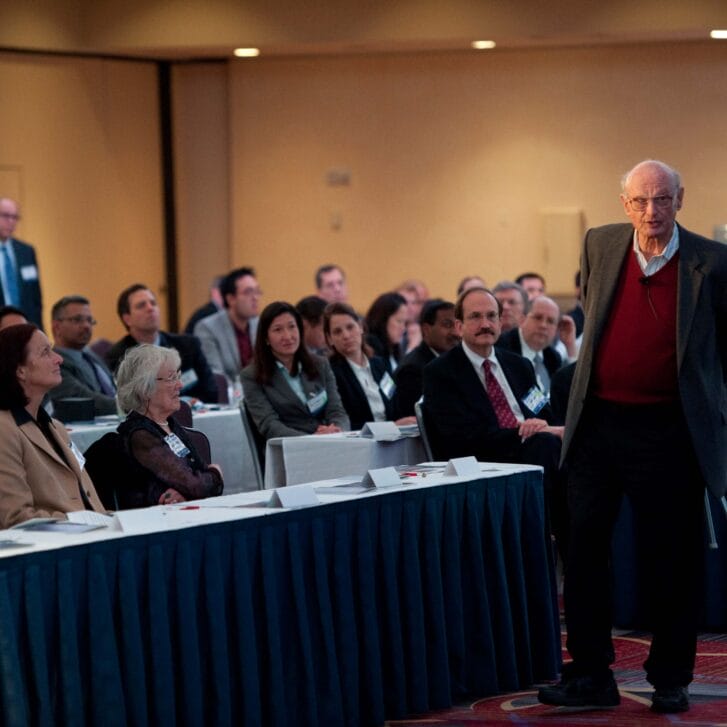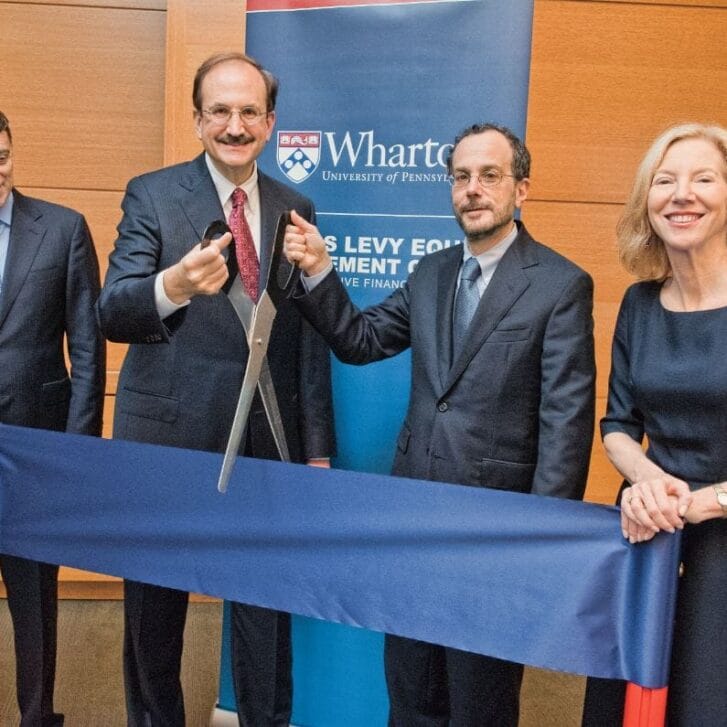Wharton marketing professor Peter Fader’s first book, Customer Centricity, was among the first on the topic for a general business audience when it was published in 2012, and it quickly became a global go-to resource. Not long afterward, Fader began working with Sarah Toms, Wharton Interactive’s executive director, to develop a business simulation that has now been used by thousands of MBAs and executives. Their collaboration led to a new book, The Customer Centricity Playbook; in this interview, the authors discuss how this concept has evolved and where its value lies for organizations today.
Wharton Magazine: What is “customer centricity”?
Peter Fader: While our understanding of customer centricity has broadened and matured in the years since my first book was published, I’ll pat myself on the back and say the definition I offered then has stood the test of time pretty well: “a strategy that aligns a company’s development and delivery of its products and services with the current and future needs of a select set of customers in order to maximize their long-term financial value to the firm.” Usually when I talk about this, there are three parts that I highlight: the idea of a select set of customers and the celebration of heterogeneity, because not all customers are created equal; the long-term idea that we’re thinking years ahead, not boosting quarterly numbers; and aligning the developed delivery around the customers.
WM: Why did you write The Customer Centricity Playbook together?
Sarah Toms: During our time developing the simulation, we learned a great deal that we realized could also help those outside the classroom who are struggling with these issues in their organizations. We decided to write a book that would be a true playbook for developing a customer-centric organization. Whereas Pete’s first book makes the case for moving away from a product-centric strategy to a customer-centric strategy, The Customer Centricity Playbook shows customer-centricity converts where to start to develop and implement a winning
customer-centric strategy.
WM: Which companies are successfully implementing customer-centric strategies? And which have failed to become customer-centric?
PF: In the first book, so much of my focus was on offering skeptical views of companies that are sometimes touted as customer-centric but really aren’t. In our new book, we’re really able to focus on the positive examples, because there are so many. We sing the praises of a company called Electronic Arts—they have incredible respect both from investors on Wall Street and anyone else in the gaming and entertainment business.
Although we don’t need to focus quite as much on the failures, we have to acknowledge that the transition from product to customer centricity continues to be tough even if you understand what customer centricity is all about. It’s also important to acknowledge that it’s not necessarily the right strategy for every single company.
WM: What risks do business leaders face if they don’t move in this direction?
PF: The message in my first book was a wake-up call: There are big problems ahead if you don’t become customer-centric. But now that there’s been a little bit more maturity, a lot of companies are finding sustainable growth through customer centricity that they couldn’t achieve otherwise. And if you want to keep up with them, you have to do what all the cool kids are doing. So it’s more of a FOMO [fear of missing out] now than, “You better do it before you take on too much water.”
ST: Electronic Arts is 36 years old. They’re not digitally native, but they’ve been able to move to being very customer-centric—a move that has been incredibly profitable for them. Nobody has an excuse anymore. We have the data, even if you’re not a digitally native company. You are, to Pete’s point, leaving opportunity on the table if you’re not looking at your data in a more specific way that leverages powerful predictors, like customer lifetime value, or CLV.
WM: What do you hope readers will take away from the book?
ST: Pete and I taught the customer centricity simulation to a large cruise-ship company earlier this year. We spent an incredible day with their C-suite—they played the simulation in teams, and we did a deep dive with them about how all of this applies back into their business. At the end of the day, the CEO said, “After today, we are going to start looking at the way we design cruise ships differently, integrating customer lifetime value into our approach.” That, to me, showed the power of what we’re trying to do here.
I’m really hoping to hear similar transformational stories from readers of the book. They now have a playbook for customer centricity in front of them that provides practical solutions, all backed up by marketing research, which will help them to enact a successful plan.
Published as “The X’s and O’s of Customer Centricity” in the Fall/Winter 2018 issue of Wharton Magazine.

























